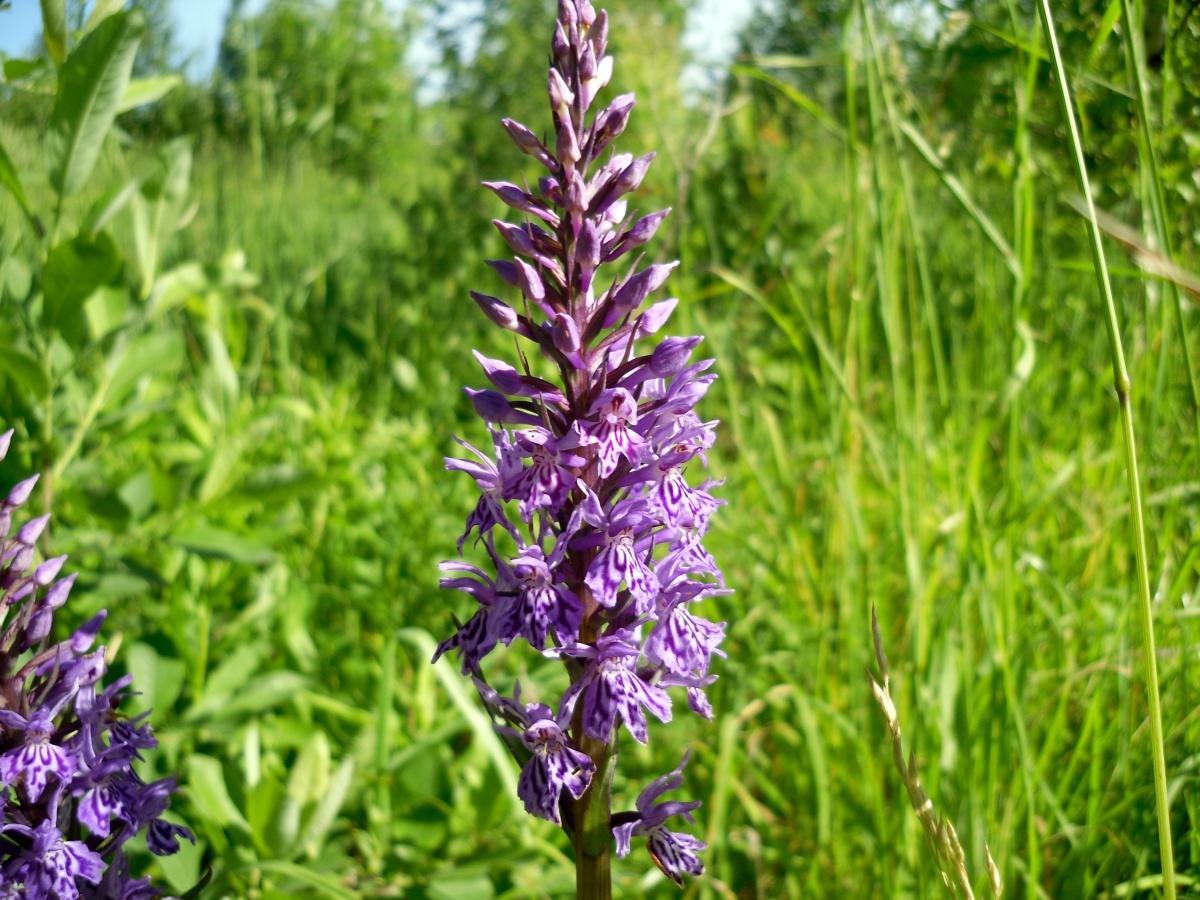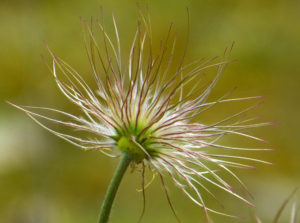
This curious plant is one of the endangered species of our flora-alas, orchids are less common in meadows. But today I was lucky enough to see it in all its unusual glory, so to speak, in full bloom))
Agree, the flowers of orchis maculata are an exact reduced copy of an exotic tropical orchid! The medium-sized flowers form an inflorescence on a strong and rather tall (sometimes reaching 60 cm/2 ft) peduncle. One specimen I was lucky enough to see was smaller — no more than 30 centimeters (11.8 inches) — but it stood out among the common meadow grasses and was visible from a distance.

In rare and endangered species, this species was included, including due to the fact that it reproduces extremely slowly. One of the essential conditions for the germination of orchid seeds is a special relationship (symbiosis) with the mycelium of certain fungi. In addition, it does not like competition and prefers to grow in areas free from actively growing grasses.
For the unusual multi-colored elongated leaves, somewhat resembling the leaves of tulips, orchids were called “cuckoo’s tears”. According to ancient legends, the stains were left from the tears that the cuckoo shed, longing for solitude.

And yet, in addition to the unusual flowers and colorful leaves, orchis maculata is interesting for its roots. They form two tubers known as salep, or kissel root. Thanks to the reserves of nutrients that accumulate in them, the plant can, if necessary, tolerate adverse changes in its living conditions. Two tubers are formed: one (last year’s) gives food to the young plant in the spring, and at this time the second one is laid and begins to grow – with reserves for the next year.
Traditional medicine has since ancient times used salep as a healing raw material, mainly for the treatment of diseases of the gastrointestinal tract, as well as as a means of restoring and maintaining strength. But now, because of the real threat of extinction of the species, it is certainly not recommended to harvest orchis maculata tubers.
However, I have found stories of gardeners who have successfully “domesticated” wild northern orchids and grow orchids as cultivated plants. Which, by the way, is one of the ways to save and restore the view.




Leave a Reply